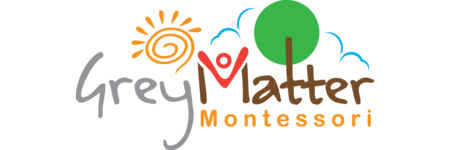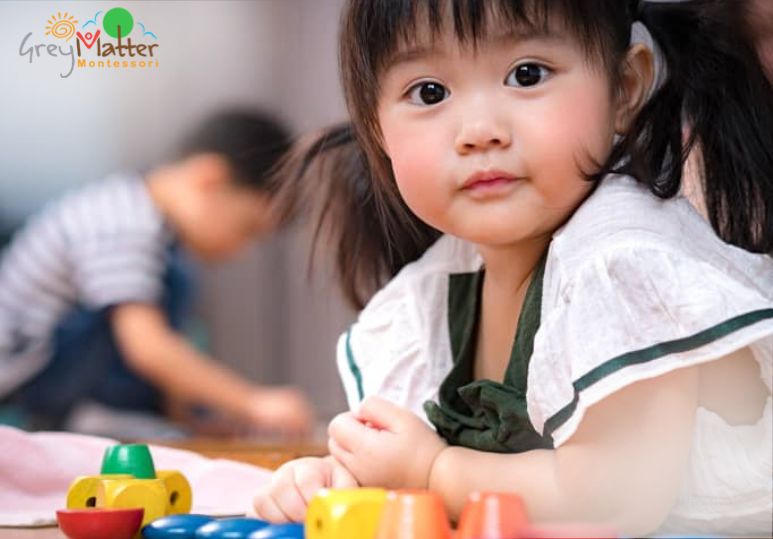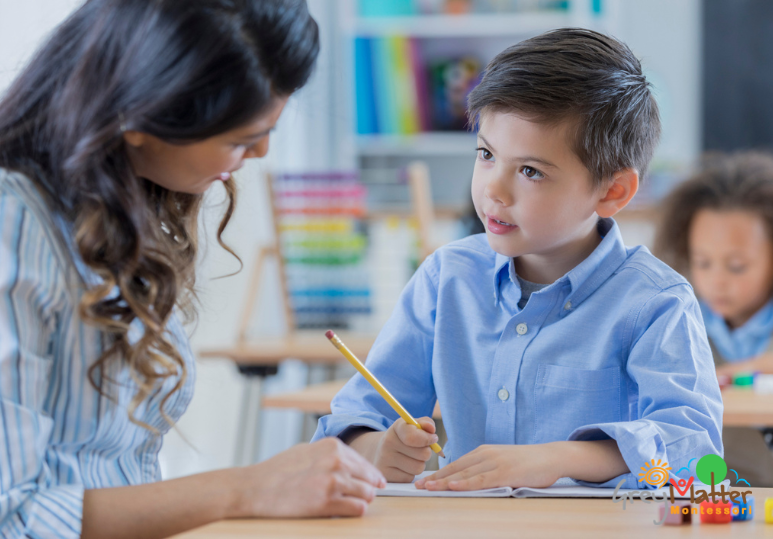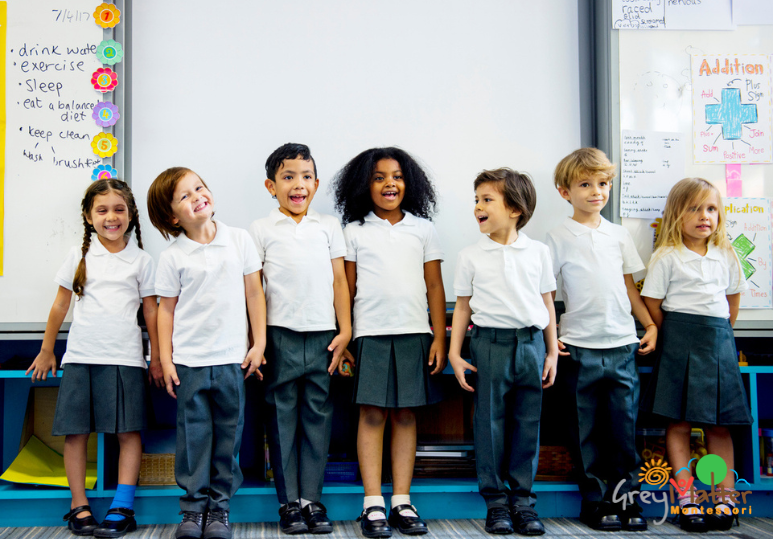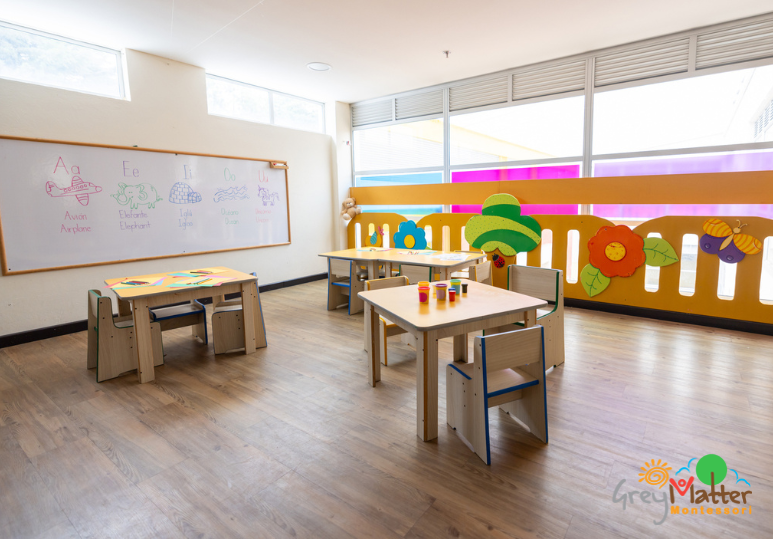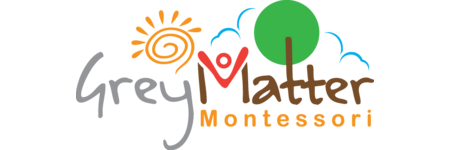The Role Of Sensorial Learning In A Montessori School
Sensorial materials in a Montessori school are designed to engage children by activating their five senses: sight, sound, touch, smell, and taste. The development and refinement of our senses are greatest during the earliest years of development. By engaging all five senses, children are able to experience the world in deep and impactful ways.
What Are Sensorial Materials?
Sensorial materials are specifically designed to provide concrete examples of abstract concepts (such as color, texture, sound, taste, and scent.) This form of child learning provides students with a structure and vocabulary for information received through each of the five senses. Some examples of Sensorial materials in a Montessori schools are:
- Sound Cylinders: This Sensorial material is two sets of cylinders contained in two boxes; one red and one blue. Each cylinder makes a different sound when manipulated by the child.
- Touch Boards: This is a set of small boards with varying textures from smooth to rough. Children are encouraged to define the texture and organize the small boards from smoothest to roughest.
- Smelling and Tasting Bottles: Scents and flavours are explored to help children learn, define, and identify the different smells and tastes in their environment.
The Benefits Of Sensorial Learning
Facilitates Neural Pathways: Sensorial learning increases nerve connections, or synapses, in the brain by stimulating all five senses when completing a task.
Enhances Memory: You know how sometimes you catch a whiff of something or you hear a certain song and you are transported back in time? Our senses and our memory are intricately linked. Submersive sensorial experiences enhance our ability to retain information.
Prepares The Mind For Progressive Learning: Sensorial development has been shown to increase a child’s capacity for learning in many areas including mathematical and cognitive thinking, fine and gross motor skills, and language development.
Increases Adaptability: Understanding and defining the world around them through the five senses helps children develop a sense of predictability and consequence (cause and effect) allowing them to feel secure and be more adaptable.
Improves Self-Awareness: By interacting with their environment using all five senses, children can begin to understand the world as it relates to them. They develop the language and content to define their own preferences and understand that others have preferences that may be different…
I like the colour red, but Anna likes blue better.
I love the smell of flowers, but I do not like the smell of bananas.
This soft, fuzzy pillow feels so nice to me.
To learn more about importance of Sensorial work in a Montessori school,
read Sensory Play For Development.
A Sensorial Experience In A Montessori School
Sensorial learning is one of the 5 key subject areas taught in a Montessori School. Sensorial work teaches children to investigate and define their environment, classify and organize objects, develop perspective and critical thinking, and enhances fine and gross motor skills. And even though Sensorial is a key subject, the Montessori method encourages sensorial learning in all subject areas including Mathematics, Language, Culture and Science, and Practical Life. Sensorial materials are foundational in a Montessori school and support our mission to build a classroom environment that is fun, welcoming, inclusive, and inspiring and that provides your child with the perfect space to develop a life-long love of learning.
If you are interested in learning more about Sensorial materials or exploring the benefits of the preschool classroom in a Montessori school and the advantages of a Grey Matter Montessori education for your preschool-aged or kindergarten-aged child, contact us to book a time for a school tour at our NW Calgary location. We are accessible just off of Symons Valley Parkway in the NW community of Evanston. Call us for more info on our Calgary Montessori preschool programming at 587-707-4739.
FAQ
Q: Why are Montessori toys made of wood?
A: You may notice that Montessori toys are often made of wood and other natural materials such as wool, metal, and cotton. Dr. Maria Montessori believed that natural materials give enhanced learning opportunities for children with the sensory experiences they provide. These natural materials can be soft or hard, dense or flexible, heavy or light, and warm or cool to the touch.
Q: Is there a checklist of things my child must know before attending preschool?
A: At Grey Matter Montessori in Calgary, we value the differences that make each child unique. If your child is aged 3-6 they may be ready to begin to explore learning and we are ready to facilitate it. Learn more about exploring your child’s readiness for preschool here.
Q: When do you accept registration?
A: Grey Matter Montessori has ongoing registration and even offers advanced registrations (up to two years). Contact our office for more information on the upcoming school year and register as early as possible to ensure availability for your desired days and times.
